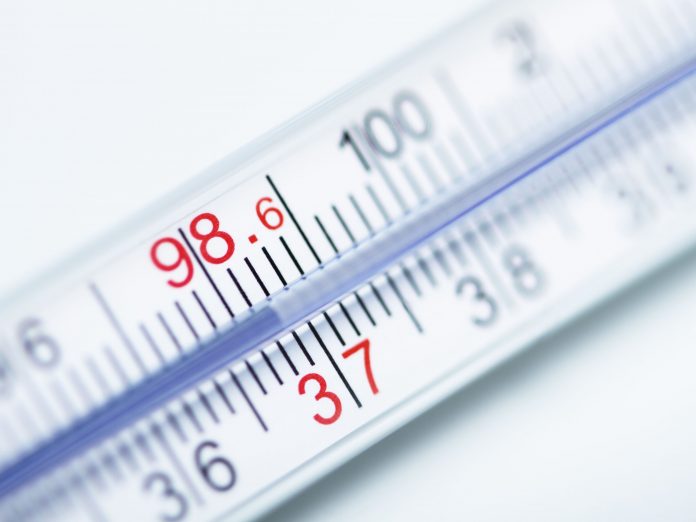For nearly 200 years, ever since German physician Carl Wunderlich established 37℃ (98.6°F) as the standard ‘normal’ body temperature, the medical fraternity and laymen alike have used it as the base to assess fevers and often the severity of illnesses.
However, in more recent years, scientists have been reexamining the exactness of this ‘normal’ human body temperature. Studies in the UK in 2017 among 35,000 adults, and in the US in 2019 have found average body temperature to be lower than 36.6℃ (97.9°F).
A multinational team of physicians, anthropologists and local researchers at the University of California, have also found a similar decrease among the Tsimane, an indigenous population of forager-horticulturists in the Bolivian Amazon. In the 16 years since team members began first studying the population, they have observed a rapid decline in average body temperature, such that today Tsimane body temperatures are roughly 36.5℃ (97.7°F).
The relatively fast drop in normal body temperature among the group amazed the researchers, who observed: “In less than two decades we’re seeing about the same level of decline as that observed in the US over approximately two centuries”. Their analysis is based on a large sample of 18,000 observations of almost 5,500 adults, and adjusted for multiple other factors that might affect body temperature, such as ambient temperature and body mass.
Doctors have known for a while that there is no universal ‘normal’ body temperature for everyone at all times. Despite the fixation on 37℃ (98.6°F), most clinicians recognize that ‘normal’ temperatures have a range. Throughout the day, body temperature can vary from its lowest in the early morning, to its highest in the late afternoon. It also varies across the menstrual cycle and following physical activity and tends to decrease as we age.
Nevertheless, the widespread drop in ‘normal’ body temperature has led to various hypotheses. One leading hypothesis is that we have experienced fewer infections over time due to improved hygiene, clean water, vaccinations and medical treatment. While health has generally improved over the past two decades in most countries, infections are still widespread in rural Bolivia. The team reasoned that reduced infection alone could not explain the observed body temperature declines.
It could be that people are in better condition, so their bodies might be working less to fight infection. Or that greater access to antibiotics and other treatments meant the duration of infection is shorter now than in the past. Another possibility is that our bodies do not have to work as hard to regulate internal temperature because of air conditioning in the summer and heating in the winter. But then, the Tsimane still do not use any advanced technology for helping to regulate their body temperature.
The researchers found that the temporal decline in body temperature remained even after their analyses accounted for biomarkers of inflammation and other variables. Not finding any single ‘magic bullet’ to explain this decrease, the scientists now say that it could be due to a combination of factors linked to improved conditions.

















